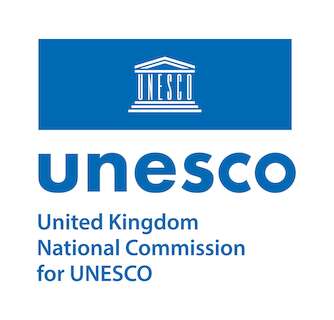Natural hazard-induced disasters are increasingly frequent and severe, owing to climate change and ever more complex human-landscape interactions, e.g. rapid urbanisation. This Chair aims to advance multi-disciplinary knowledge and harness nascent computing and data technologies to develop methodologies and tools, that enhance global research capacity to better manage multi-hazard risks.
The work of this Chair
Disasters are increasingly frequent and severe, owing to climate change and ever more complex human-landscape interactions. Death tolls and economic impacts (percentage of national GDP) from natural hazard-induced disasters are greatest in low-to-middle income countries (LMICs). Disaster Risk Reduction (DRR) is central to the UN’s sustainable development agenda, driven by the Sendai Framework for DRR 2015-2030.
Much current disaster risk management research and practice is siloed; little is done to investigate multi-hazard cascading and cumulative impacts. To date, disaster risk-based science insufficiently accommodates the systemic nature – the inter-connectedness and inter-dependencies – of complex risk landscapes with multiple interacting drivers that impact multiple human actors/infrastructure in a fast-changing world.
There is a clear need to address these knowledge gaps and develop informed strategies, deploying nascent knowledge and technologies (e.g., high-performance computer modelling, big data analytics and AI), to manage multi-hazard risks, build long-term resilience and achieve optimal well-being in LMICs.
This demands interdisciplinary research that will:
- Treat hazards as part of coupled human and natural systems (CHANS) to capture “cross-scale interactions and interdependencies”
- Develop fit-for-purpose approaches and tools using the latest informatics technologies to understand the drivers and cumulative impacts of multiple hazards and manage systemic risks
- Support effective knowledge co-production/sharing to deliver tools and solutions for practicable DRR. To achieve these, it is crucial to consider different knowledge systems and sources, accounting for local social, economic, political, historical and cultural contexts. This demands close collaboration with local partners/stakeholders, and focusing more on effective capacity development and well-being, to provide more appropriate and sustainable solutions.
To make a step change to the current DRR research and practice, this Chair works with LMIC partners and stakeholders to co-develop fit-for-purpose solutions for multi-hazard risk management to achieve effective DRR, with a focus on multiple hydro-geohazards and their attendant cascading hazard chains (e.g., floods, landslides, erosion, debris flows).
About the Chair Lead

Professor Liang graduated from Dalian University of Technology, China in 1997 with a BEng in Port and Waterway Engineering (four-year first degree programme).
After spending three years in the construction industry, he came to the UK in September 2000 to study for a DPhil in University of Oxford, followed by one-year postdoctoral research in the same research group between 2005 and 2006. During his time in Oxford, he also worked as a college lecturer in St Edmund Hall of Oxford University.
He then joined Newcastle University in March 2006 as a Lecturer in Hydraulic Engineering, and was subsequently promoted to Senior Lecturer in 2011 and Professor of Hydrosystems Modelling in 2013. Then in June 2018, Professor Liang took up his current position as Professor of Water Engineering in the School of Architecture, Building and Civil Engineering at Loughborough University.






